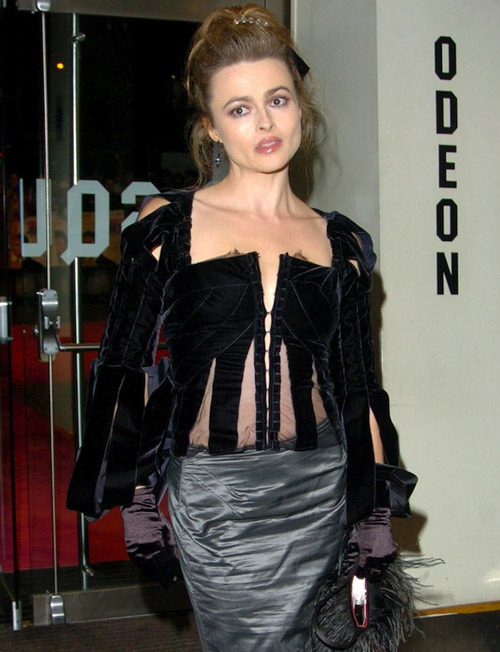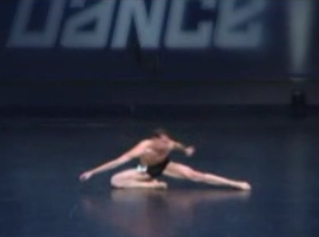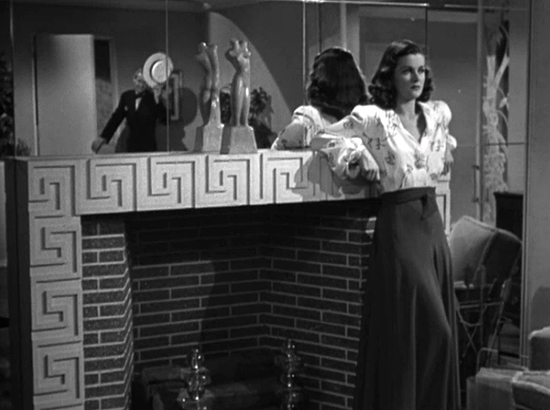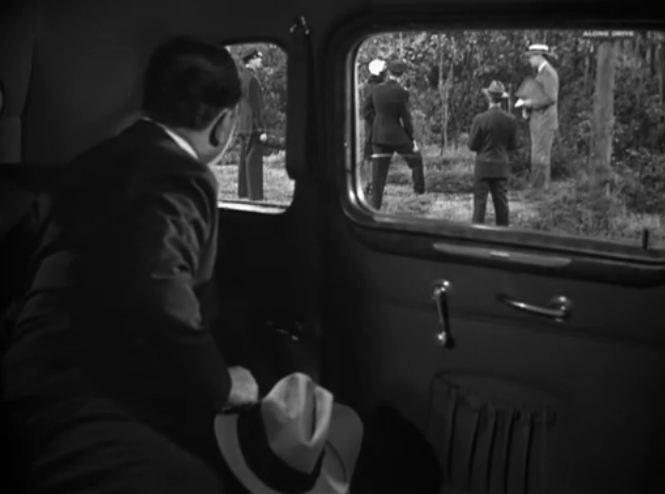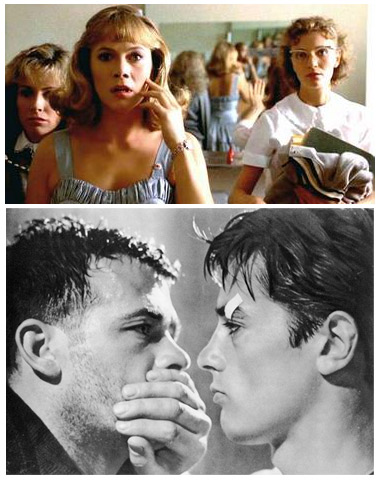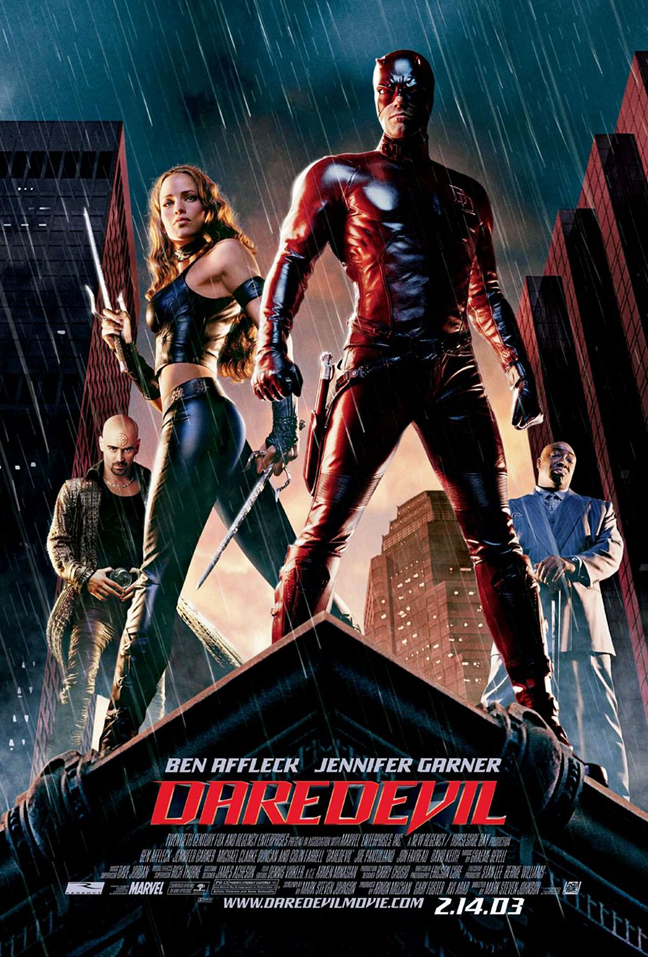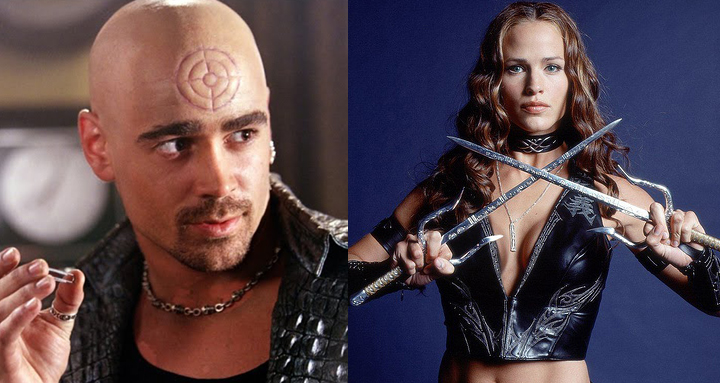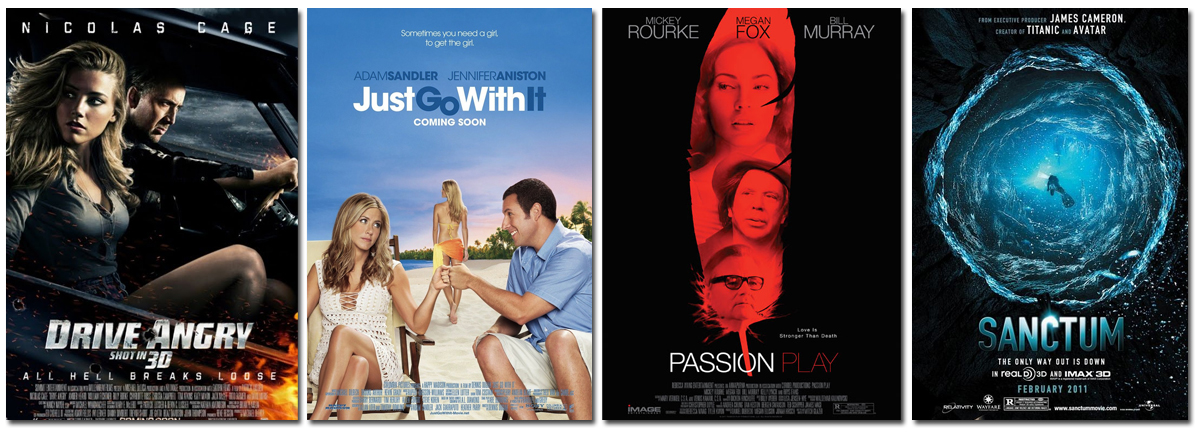Unsung Heroes: The Animation of 'Hedwig and the Angry Inch'
 Thursday, June 9, 2011 at 9:15PM
Thursday, June 9, 2011 at 9:15PM Hey everybody. Michael C here from Serious Film. I wasn't necessarily feeling it when I sat down to write this week's column so I went searching for a subject I couldn't help but get enthusiastic about. Five minutes after I pulled Hedwig down off the DVD shelf and Presto I can't type fast enough.
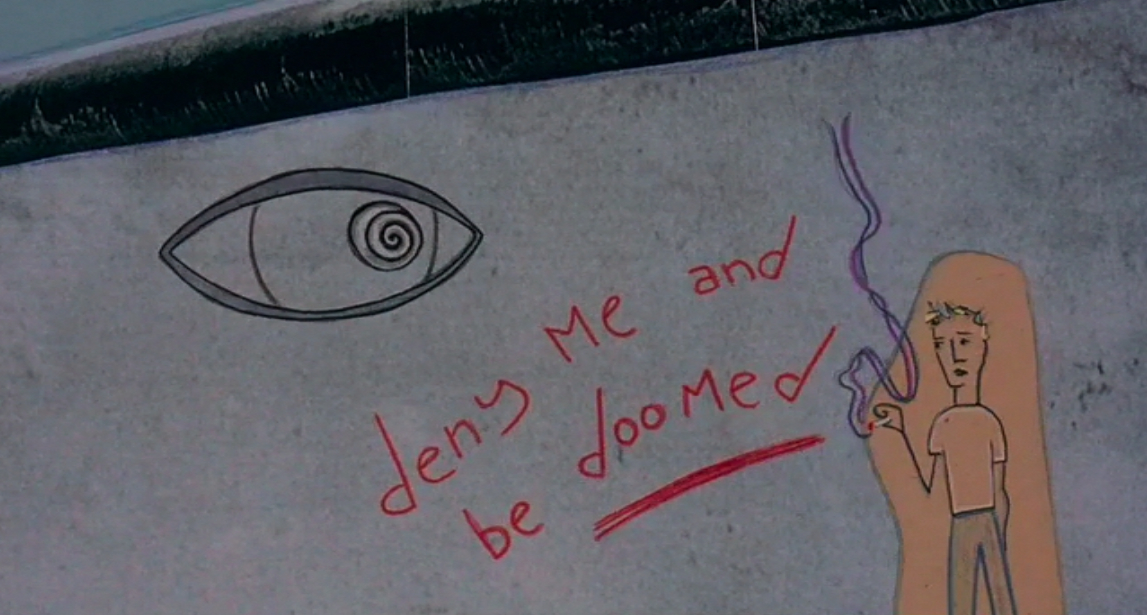
When the movie musical experienced a mini-renaissance at the start of the last decade I doubt I was the only one to notice a disturbing trend. For some of these broadway adaptations it's as if appearing on the big screen required them to apologize for being musicals. Chicago couldn’t do a number without first cutting to a close up of Rene Zellweger’s retinas to assure everyone that all the strange singin' and dancin' was in her imagination. When Dreamgirls’ characters ventured offstage, as in “Steppin' to the Bad Side”, it's cut as if they’re hoping no one will notice it is the characters singing and is not just a song on the soundtrack.
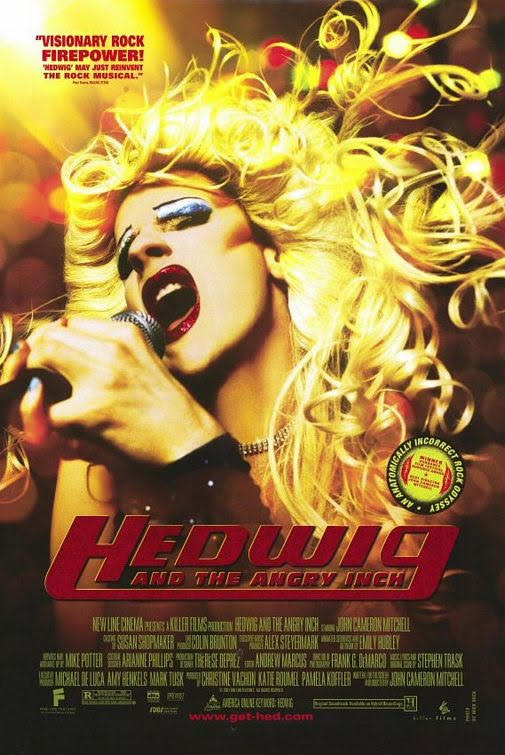 Even when movies were unapologetic about being musicals, like Sweeney Todd, the movie's advertisements went to great lengths to conceal its Broadway roots. The tagline on the Sweeney’s poster should have been “Stephen who?”
Even when movies were unapologetic about being musicals, like Sweeney Todd, the movie's advertisements went to great lengths to conceal its Broadway roots. The tagline on the Sweeney’s poster should have been “Stephen who?”
During this time period, one of the movies that defied this trend was John Cameron Mitchell's Hedwig and the Angry Inch (2001). I remember working in a movie theater the day the poster arrived. No ticket buyers for this were going to be surprised when the characters burst into song.
Hedwig embraced the rock musical. It wanted to squeeze every last drop of joy, pathos, wit, and fun out of it. Like Cabaret, it was logical to construct the story around a series of stage performances, but within that structure Mitchell stripped it down and decorated it like a punk teenager graffitiing his text books with Sharpie. The star/director throws in everything from split-screens to follow-the-bouncing-ball sing-alongs (with the occasional *ahem* car wash) but I think his most brilliant movie was to hire animator Emily Hubley to create a short film to accompany the song "The Origin of Love". With lesser material the addition of all these elements might seem like flash over substance, clutter for the sake of it, but the songwriting here is so strong that it can support grand gestures.
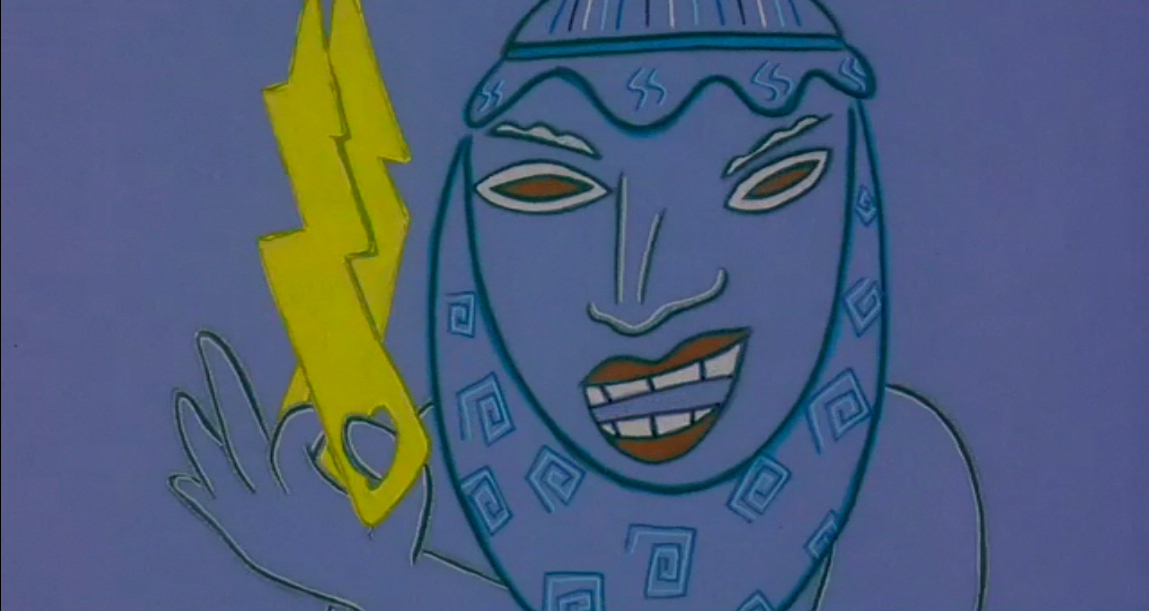
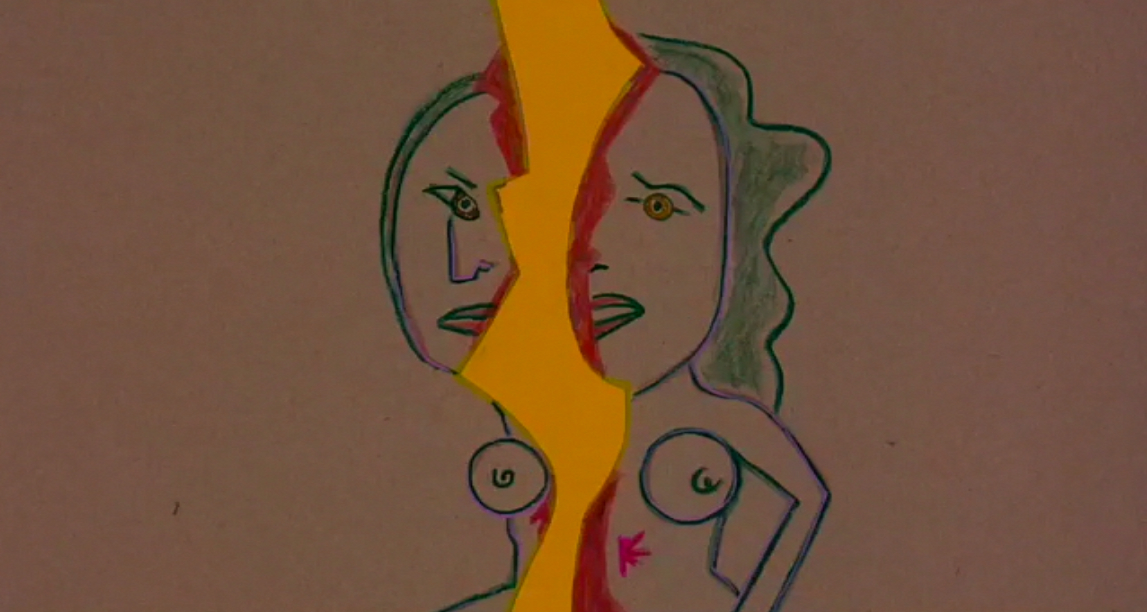
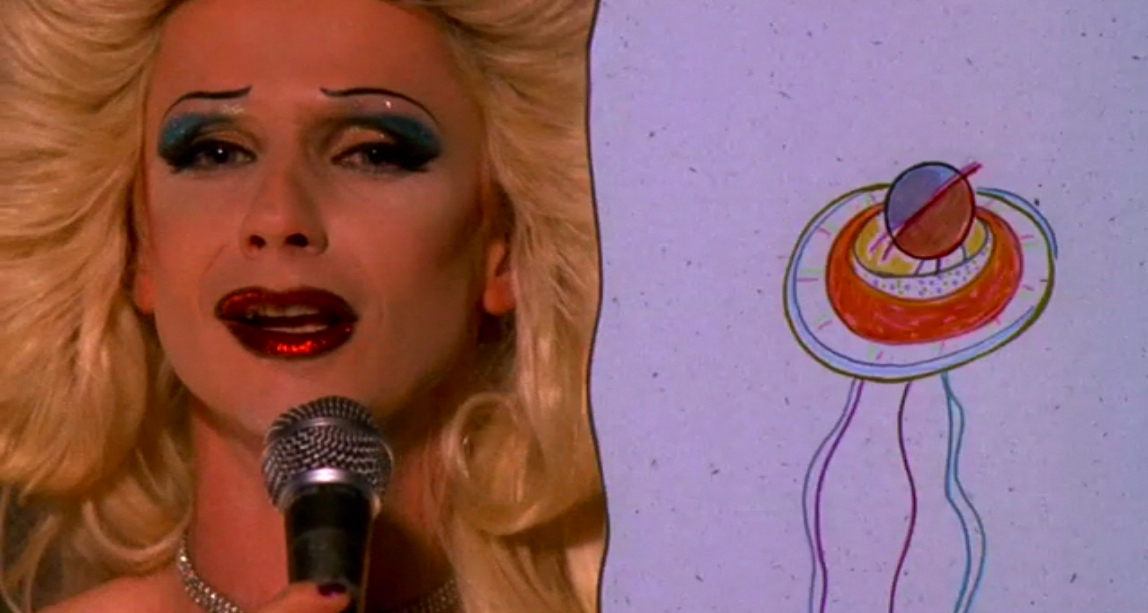
Hubley's scaled down, hand drawn animation is a perfect fit for Hedwig's cheap, trailer park punk aesthetic. A more polished animation style would have stuck out horribly. It's simplicity allows it to add a bit of dazzle and underline the substance of the piece all without distracting from what's really important, namely, the character of Hedwig and what this all means to her. When the song climaxes with Hedwig singing directly into the camera until the animation gradually takes over half the screen it's easy to miss how well this technique works because of how surprisingly moving it is.
I don't know exactly how else to praise Hubley's work except to say that it is just plain beautiful. Origin of Love is my favorite song from Hedwig (which places high in my favorites from musicals in general) and as strong as Mitchell's performance of it is, he was right to conclude it deserved something extra.



